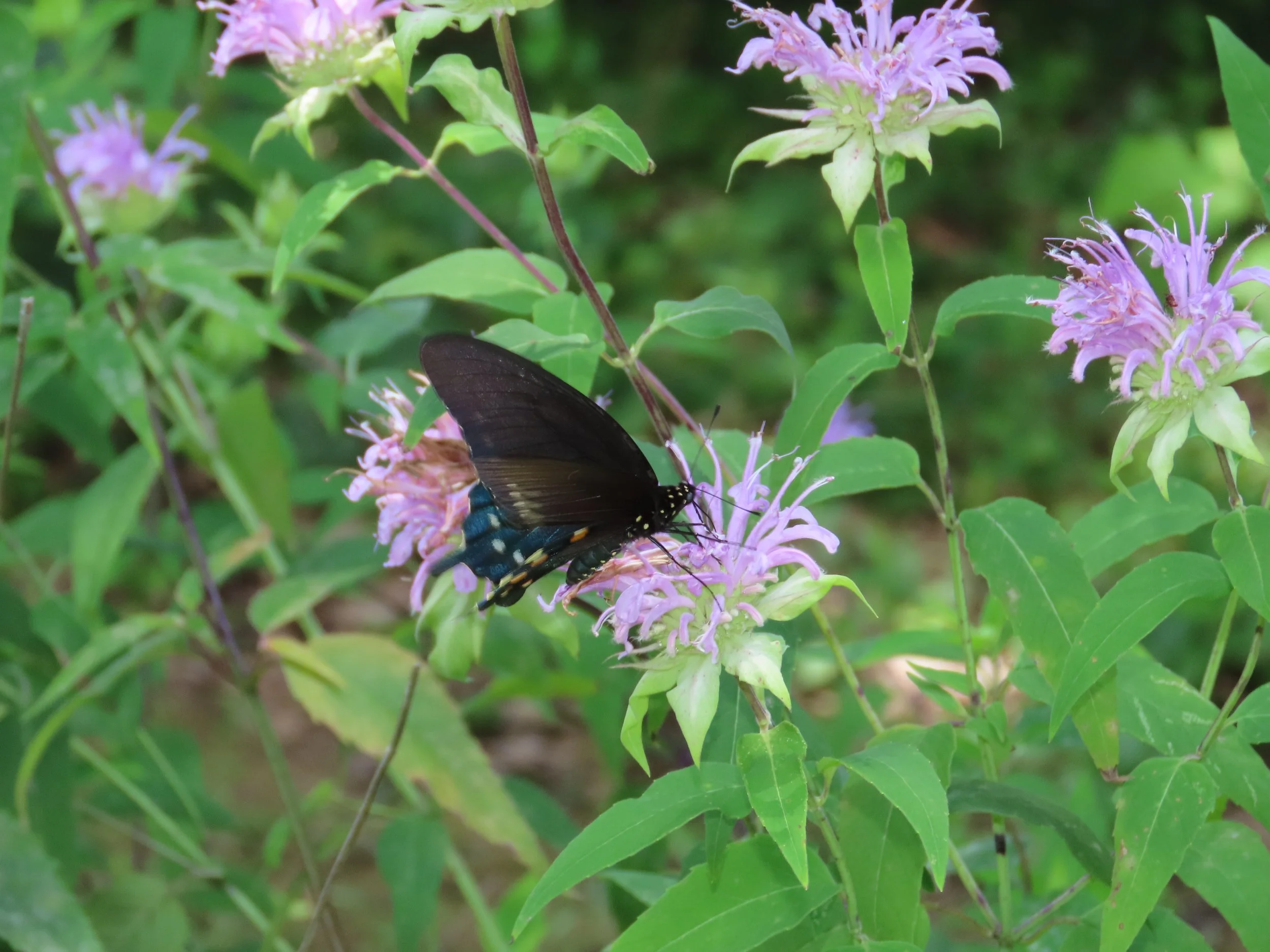Fine Print
/The other day we received this packet of seeds from the Sierra Club. I am not entirely sure why; I don’t remember us asking for it. Apparently it is part of some sort of ‘Bee’ promotion to get people to plant bee friendly plants in their gardens. All well and good I supposed. The seeds were untreated and non-GMO which of course are buzz words to make nature nerds happy. The seeds were packaged by Bentley Seeds in Cambridge, New York. I am not sure if everybody in the nation got this mix, or perhaps this was the ‘Ohio’ mix and people in Utah and Missouri got a different mix.
I flipped over the seed pack and found the actual list of ingredients and was reminded why I so adamantly oppose pre-packaged seed mixes. There, in super tiny font was a list of the seeds which the package contained. The font was so small that it was actually smaller than the font I had used when I designed the monarch tags for the Southwest Monarch Study, and if I recall that was size 4 font.
There were several species which immediately raised red flags, among them Chinese Forget-Me-Not, Siberian Wallflower, Single Mix China Aster, Mixed Corn Poppy, Annual Baby’s Breath, and Crimson Clover. So I went to the USDA Plants Database online. This database has quite a lot of information including whether plants are native, have escaped from cultivation, etc. For several of the above species the database did not recognize the common name, so I had to research scientific names and then plug those into the database.
I found that five of the species listed on the seed packet have been documented as escaping from cultivation in the United States. With me living in Ohio, my primary interest was in whether any of these were escaped from cultivation in, or around, Ohio. Crimson clover is escaped throughout most of the United States. China Aster is escaped in Pennsylvania and Michigan. Chinese Forget-Me-Not is escaped in New York and Wisconsin. Annual Baby’s Breath is escaped in Pennsylvania, West Virginia, Michigan and Illinois. Corn Poppy is escaped in Ohio, Kentucky, West Virginia, Michigan, and Pennsylvania.
I would think, apparently wrongly so, that an environmental organization like the Sierra Club would be sensitive to sending natives, or at least non-natives that are not going to become the next evil invasive, in their promotional campaigns. How many people are going to plant this seed mix, thinking they are doing something wonderful, just to find that they could be starting the next invasive outbreak?
Every time I see someone online asking for seed mix recommendations for this or that I make the same suggestion; do your research and create your own seed mix from natives in your area. Pre-packaged seed mixes may contain things that you do not want. For example, many people, including seed companies, think that Queen Anne’s Lace is native to Ohio. It is not. Many think that Ox-eye Daisy is native to Ohio. It is not. If you are blessed to not have these on your property, why would you intentionally add them?
Sources for native seeds are becoming more common. Of course, for Ohio and the surrounding area the Ohio Native Plant Seed Xchange on Facebook is an excellent source for seeds and information.
I now have guilt to a degree. This seed packet, that was sent to me with good intentions, is never going to see the light of day. While I am pretty good at recognizing the seeds of many of our local natives, the time that would be involved to pick through the seed packet to pull out the natives, distinguishing them from the exotics, is just more than I can muster.
The moral of the story, READ THE FINE PRINT!













